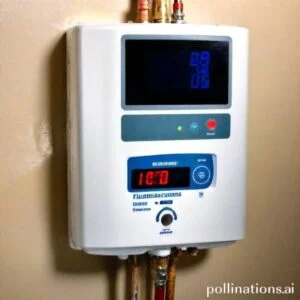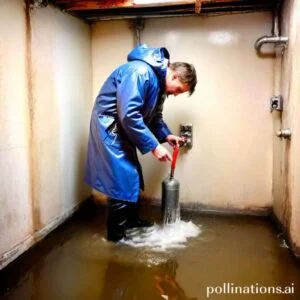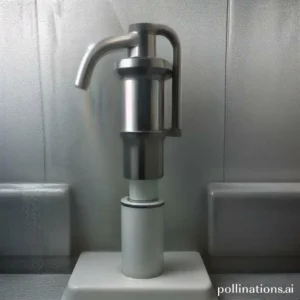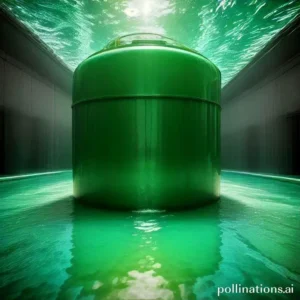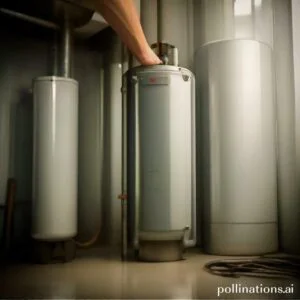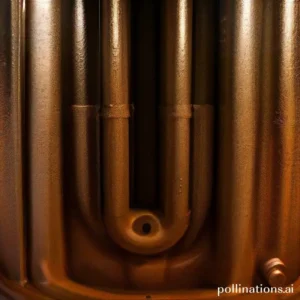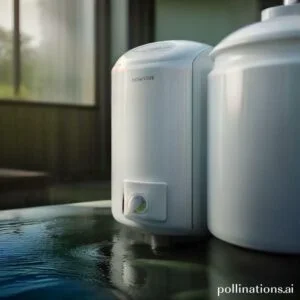
II. Flushing helps to remove mineral buildup, sediment, and debris that accumulate in the filter over time, which can cause clogs and reduce water pressure.
III. Flushing should be performed regularly, at least once a year, to ensure optimal performance and to prevent damage to the water heater.
Flushing plays a crucial role in maintaining the efficiency of a water heater sediment filter. Over time, sediment builds up in the filter, reducing its effectiveness and potentially damaging the water heater.
Flushing the sediment regularly helps to clear out any accumulated debris, ensuring that the filter can continue to function optimally. By removing sediment, flushing helps to improve water flow, prevent clogs, and extend the lifespan of the water heater.
Essential to understand the impact of flushing on the sediment filter to ensure the longevity and efficiency of your water heater system.
What is a water heater sediment filter?
A water heater sediment filter is a device that is used to remove sediment and debris from the water that enters a water heater. It is installed at the water inlet of the heater and helps to prevent sediment buildup, which can lead to reduced efficiency and damage to the water heater.
Definition and purpose of sediment filters in water heaters
Sediment filters in water heaters are designed to trap and remove particles such as sand, silt, rust, and other debris that can be present in the water supply. These filters help to improve the water quality and protect the internal components of the water heater from damage caused by sediment accumulation.
Types of sediment filters available
There are three main types of sediment filters that are commonly used in water heaters:
- Screen filters: These filters have a fine mesh screen that is effective in trapping larger particles such as sand and sediment.
- Depth filters: These filters are made of multiple layers of filter media, such as cellulose or polyester, and are capable of trapping smaller particles.
- Pleated filters: These filters have a pleated design that increases the surface area for filtration, allowing them to capture a larger amount of sediment.
Each type of sediment filter has its own advantages and disadvantages, and the choice of filter will depend on factors such as the level of sediment in the water supply and the specific requirements of the water heater.
For example, screen filters are often used in areas with high levels of sand or sediment, meanwhile pleated filters are preferred for applications where a higher level of filtration is required.
| Type of Sediment Filter | Advantages | Disadvantages |
|---|---|---|
| Screen filters | Effective in trapping larger particles | May require more frequent cleaning or replacement |
| Depth filters | Capable of trapping smaller particles | May have a higher initial cost |
| Pleated filters | Large surface area for filtration | May have a higher pressure drop |
How does sediment buildup occur in water heaters?
Water heaters are essential appliances that provide us with hot water for various purposes. In contrast, over time, sediment buildup can occur inside these heaters, leading to several issues. Comprehending the causes and effects of sediment buildup is crucial for maintaining the optimal performance and longevity of water heaters.
Causes of sediment buildup in water heaters
Sediment buildup in water heaters can be attributed to various factors:
- Hard water: Hard water contains high levels of minerals like calcium and magnesium, which can precipitate and settle at the bottom of the tank.
- Lack of regular maintenance: Neglecting regular maintenance, such as flushing the tank, can allow sediment to accumulate over time.
- Sediment from the water supply: The water supply itself may contain sediment, which can settle in the heater.
Effects of sediment buildup on water heater performance
Sediment buildup can have several negative effects on the performance of water heaters:
- Decreased efficiency: As sediment accumulates at the bottom of the tank, it acts as an insulator, reducing the efficiency of heat transfer and making the heater work harder to heat the water.
- Increased energy consumption: The decreased efficiency caused by sediment buildup leads to increased energy consumption, resulting in higher utility bills.
- Shortened lifespan: Sediment buildup can cause corrosion and damage to the tank, leading to a shorter lifespan for the water heater.
To prevent sediment buildup and ensure optimal performance, regular maintenance is essential. Flushing the water heater periodically, installing a sediment filter, or considering a water softener can help minimize sediment-related issues. By acknowledging sediment buildup promptly, you can enjoy efficient and long-lasting operation from your water heater.
Why is Flushing Necessary for Water Heater Sediment Filters?
Flushing is a crucial step in maintaining water heater sediment filters. By regularly flushing these filters, you can ensure the longevity and efficiency of your water heater system.
Importance of Flushing for Maintaining Water Heater Sediment Filters
Flushing helps remove accumulated sediment and debris that can hinder the performance of your water heater. Over time, minerals, rust, and other particles can settle at the bottom of the tank and on the filter, reducing its effectiveness.
Frequency of Flushing Required for Different Types of Sediment Filters
At the same time the importance of flushing is clear, the frequency of flushing may vary depending on the type of sediment filter you have. Here are some general guidelines:
- Screen filters: It is recommended to flush screen filters every 3 months. These filters typically have a mesh screen that captures larger particles.
- Depth filters: For depth filters, flushing every 6 months is advised. These filters have a thicker media that can capture finer particles.
- Pleated filters: Pleated filters should be flushed approximately every 12 months. These filters have an accordion-like design that provides a large surface area for capturing sediment.
Following these flushing intervals will help maintain the effectiveness of your sediment filters and ensure optimal performance of your water heater system.
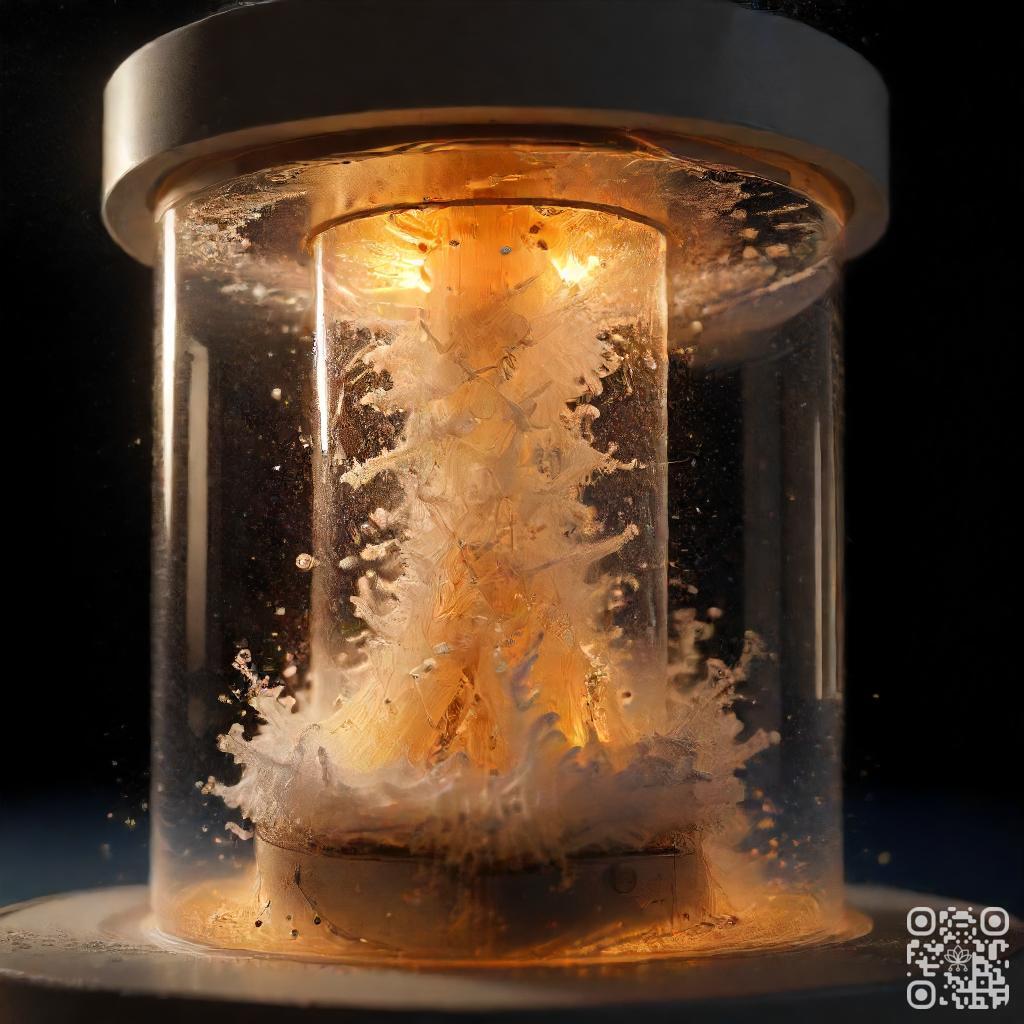
How to Flush a Water Heater Sediment Filter
Flushing a water heater sediment filter is an essential maintenance task to ensure the optimal performance and longevity of your water heater. This step-by-step guide will walk you through the process, along with the tools required for flushing.
Step-by-Step Guide for Flushing
1. Turn off the power: Before starting the flushing process, it is crucial to turn off the power supply to the water heater. This will prevent any accidents or damage.
2. Locate the drain valve: The drain valve is usually located at the bottom of the water heater. It is a small spigot-like valve that allows you to drain the water from the tank.
3. Attach the hose: Take a hose and securely attach it to the drain valve. Make sure it is tightly connected to avoid any leaks during the flushing process.
4. Place the bucket: Position a bucket or any suitable container near the drain valve to collect the sediment and dirty water that will be flushed out.
5. Open the drain valve: Slowly open the drain valve by turning it counterclockwise. This will start the flushing process, allowing the sediment and debris to flow out through the hose and into the bucket.
6. Let the water heater flush: Allow the water heater to flush for several minutes or until the water runs clear. This will ensure that all the sediment and debris are effectively removed from the filter.
7. Close the drain valve: Once the water runs clear, close the drain valve by turning it clockwise. Ensure it is tightly closed to prevent any water leakage.
8. Turn on the water supply: After closing the drain valve, turn on the water supply to refill the water heater. Make sure all faucets are closed to allow the tank to fill up completely.
9. Turn on the power: Finally, turn on the power supply to the water heater, and your flushed sediment filter will be ready to provide you with clean and efficient hot water.
Tools Required for Flushing
- Drain valve: This valve allows you to drain the water from the tank during the flushing process.
- Hose: A hose is needed to connect to the drain valve and safely direct the flushed water and sediment into a bucket or container.
- Bucket: A bucket or container is essential for collecting the sediment and dirty water that is flushed out during the process.
| Tool | Function |
|---|---|
| Drain valve | Allows draining of water from the tank |
| Hose | Connects to the drain valve for directing flushed water |
| Bucket | Collects sediment and dirty water during flushing |

Tips for Maintaining Water Heater Sediment Filters
Sediment filters are crucial components of water heaters, as they help prevent debris and impurities from entering the system and affecting its performance. To ensure that your water heater sediment filters are clean and functioning properly, vital to follow some best practices and avoid common mistakes. Here are some tips to help you maintain your water heater sediment filters:
1. Flushing Your Filters Regularly
Regular flushing of your sediment filters is essential to prevent the accumulation of dirt, sediment, and other particles. It is recommended to flush your filters at least once every month, or more frequently if you notice a decrease in water flow or the presence of sediment in your hot water. Flushing helps maintain the efficiency and longevity of the filters, ensuring optimal performance of your water heater.
2. Choosing the Right Type of Filter
Using the correct type of filter for your water heater is crucial. Different water heaters require specific filters that are compatible with their system. Vital to refer to the manufacturer’s instructions or consult a professional to determine the appropriate filter for your water heater. Using the wrong type of filter can lead to reduced filtration efficiency and potential damage to your water heater.
3. Following Manufacturer’s Instructions
Always follow the manufacturer’s instructions as for maintaining your water heater sediment filters. Each water heater model may have specific guidelines for filter maintenance, including recommended flushing methods, filter replacement intervals, and any additional maintenance steps. Adhering to these instructions ensures that you are properly caring for your filters and maximizing their effectiveness.
Common Mistakes to Avoid:
- Not flushing often enough: Neglecting to flush your filters regularly can lead to clogging and reduced performance.
- Using the wrong type of filter: Using an incompatible filter can compromise the filtration process and potentially damage your water heater.
- Not following manufacturer’s instructions: Ignoring the recommended maintenance guidelines can result in suboptimal filter performance and potential system issues.
| Common Mistakes to Avoid | Solutions |
|---|---|
| Not flushing often enough | Flush your filters at least once a month or more frequently if needed. |
| Using the wrong type of filter | Refer to the manufacturer’s instructions or consult a professional to determine the correct filter for your water heater. |
| Not following manufacturer’s instructions | Adhere to the recommended maintenance guidelines provided by the manufacturer for optimal filter performance. |
Bottom Line
Flushing your water heater regularly is crucial to prevent sediment buildup and prolong the lifespan of your appliance. In contrast, it can also affect the sediment filter in your water heater. Flushing can dislodge sediment and cause it to clog the filter, reducing its effectiveness. Therefore, it’s important to check and clean the filter regularly to ensure it’s working properly. You can also consider installing a secondary filter to trap sediment before it reaches the water heater. Overall, maintaining your water heater and its sediment filter is essential for ensuring clean and safe hot water for your household.
Read More:
1. Diy Flushing For Hybrid Water Heater Systems
2. How Does Flushing Contribute To Water Heater Longevity?
